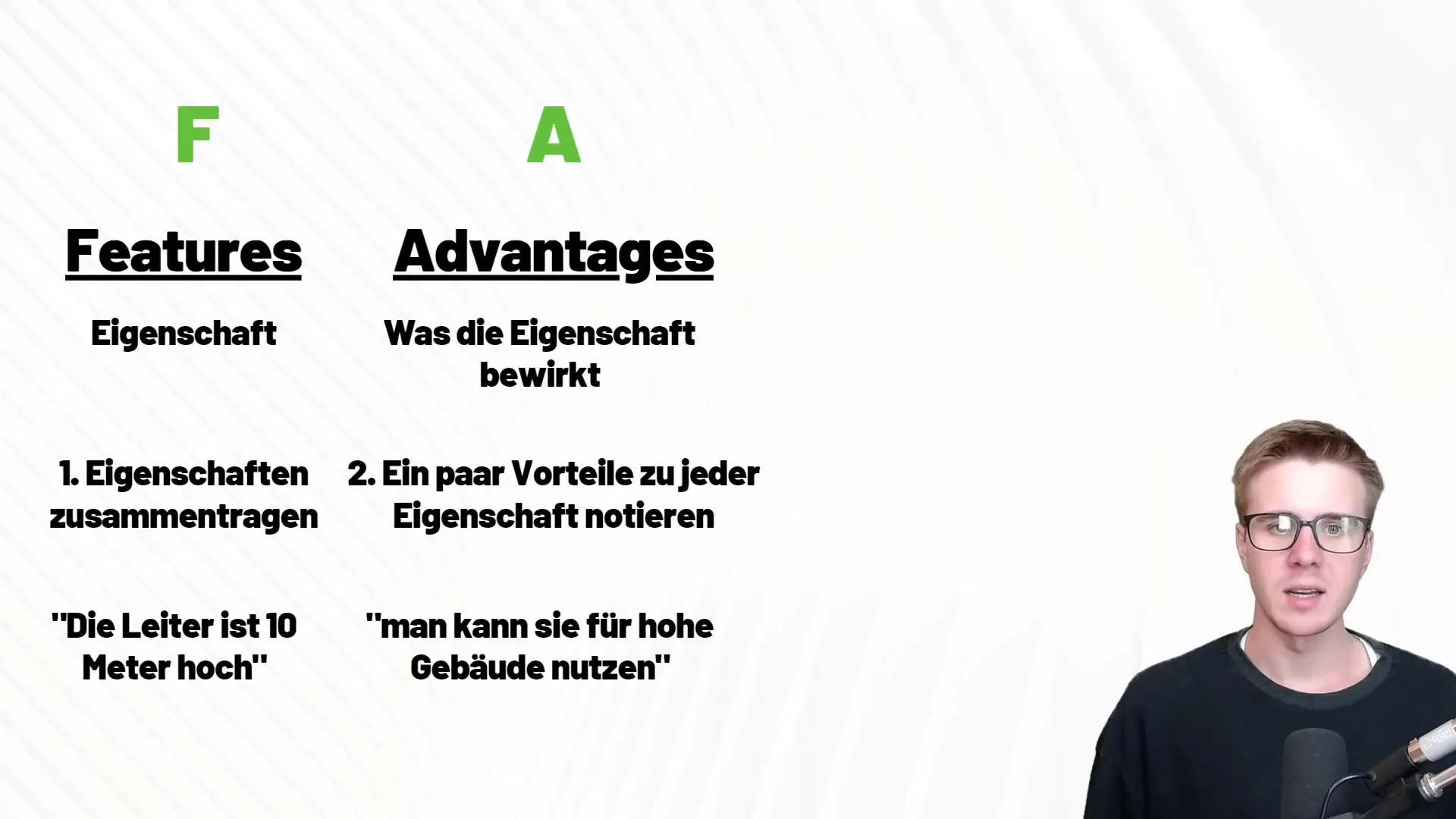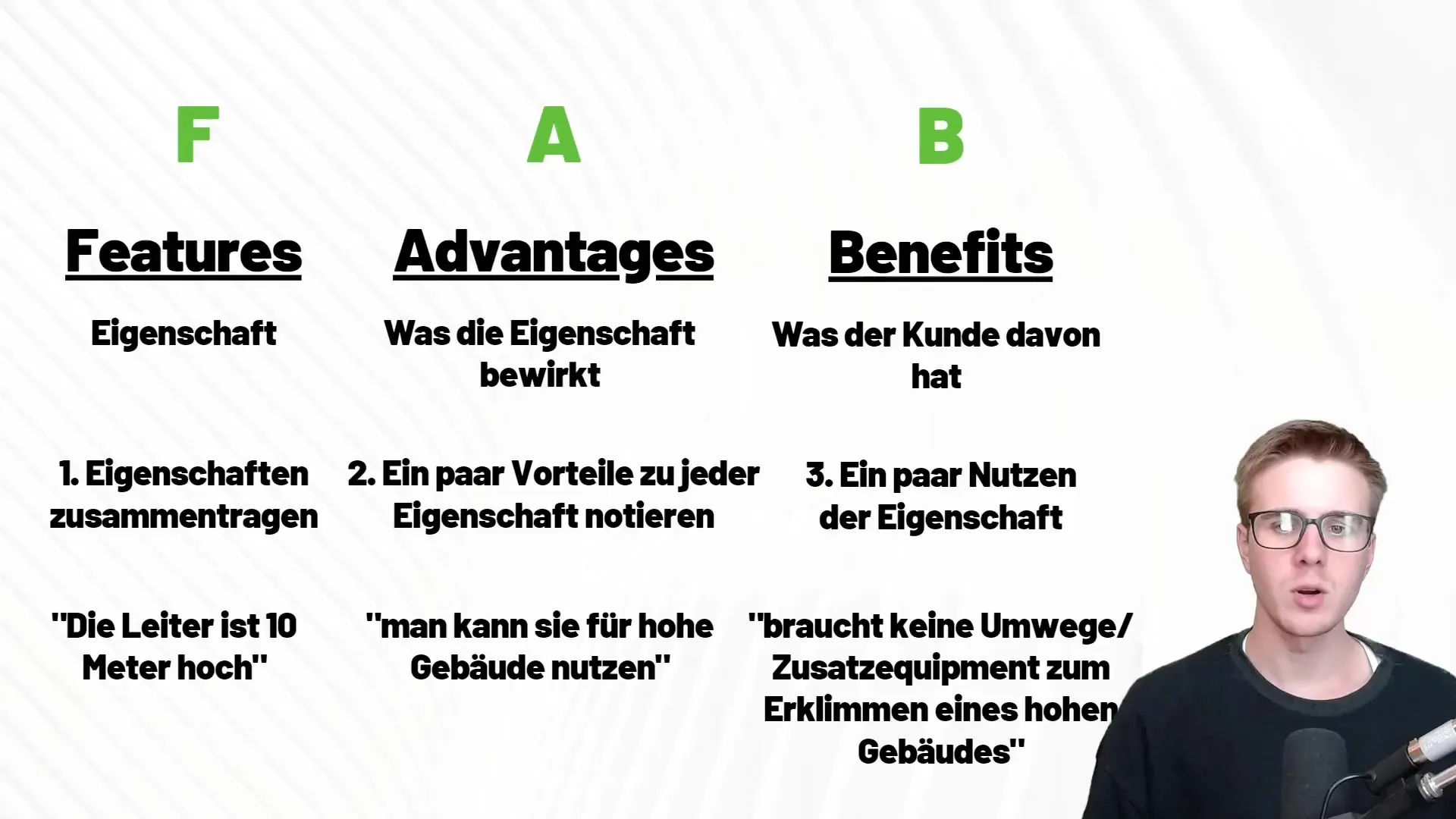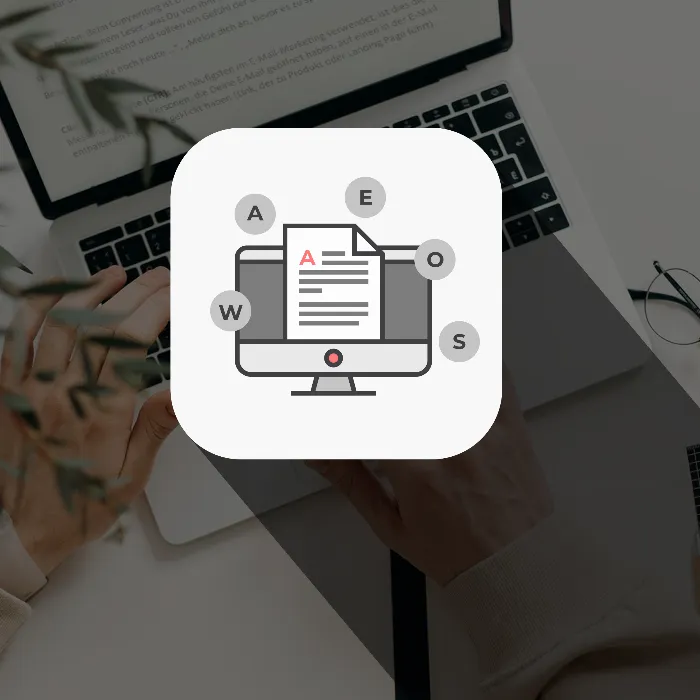The FAB Model is a proven tool in copywriting that can help you clearly and convincingly communicate the strengths of your product or service. In this guide, you will learn how to systematically analyze the three elements — features, advantages, and benefits — and integrate them into your communication.
Key Insights
The FAB model represents Feature, Advantage, and Benefit. It focuses on the customer's perspective. Companies should not only concentrate on their own viewpoint but also prioritize the needs of their target audience. It is crucial to consider the specific features of a product, analyze the associated advantages, and ultimately highlight the clear benefits for the customer.
Step-by-Step Guide
1. Identification of Features (Feature)
Start by identifying the features of your product or service. These are the facts or characteristics that describe your offering. For example, when describing a ladder, a feature could be a height of 10 meters. List all relevant features and include as many as possible to get a comprehensive overview.

2. Determination of Advantages (Advantage)
Next, focus on the advantages that each of these features brings. Consider the positive effects that the features offer to your customer. In our ladder example, the height of the ladder means it can be used for tall buildings and does not require two ladders to be combined. List the advantages for each feature and try to find at least two or three per feature.

3. Derivation of Customer Benefits (Benefit)
The final step in the FAB model is to define the specific benefit for the customer. This involves how the benefits of your features improve the customer's life or work. In our ladder example, the benefit could be that the customer does not need additional tools to climb up and can reach the right spot directly without taking detours. Remember that benefits should always be viewed from the customer's standpoint.

4. Focus on Target Audiences
It's important to keep your target audience in mind when applying the FAB model. Not all features, advantages, and benefits are relevant to everyone. Analyze the specific needs of your target audience and adjust the communication accordingly. A 10-meter high ladder may be useful for a farmer but not necessarily for a city dweller.
5. Practical Application in Texts
Once you have outlined the points mentioned above, take it a step further and incorporate this information into your texts. Ensure that the language is simple, clear, and engaging. Use examples that make the product features and their benefits tangible. The text should appeal to the reader and encourage them to engage with your offer.
Summary
The FAB model is an important tool for structuring communication about products. Starting from identifying features to highlighting advantages and defining customer benefits, it provides a clear framework for creating effective content. By focusing on the target audience, relevance is increased, and customer loyalty is optimized.
Frequently Asked Questions
What is the FAB Model?The FAB model stands for Features, Advantages, and Benefits. It helps to clearly present product features and illustrate their benefits to the customer.
How do I apply the FAB Model?Identify the features of your product, determine the advantages, and derive the specific benefits for your target audience.
Why is target audience analysis important?Target audience analysis ensures that the communicated features and benefits are relevant and appealing to the respective customers, increasing the likelihood of a purchase.


